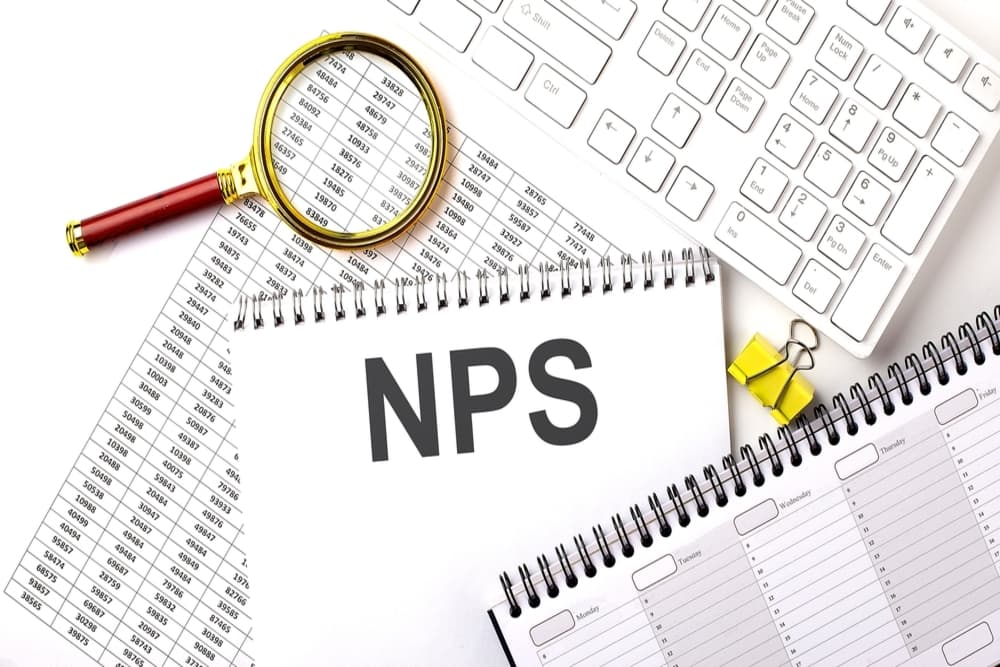At present, five states – Rajasthan, Chhattisgarh, Jharkhand, Himachal Pradesh, and Punjab – have managed to reintroduce the Old Pension Scheme (OPS) even as the employees’ struggle with the government over the National Pension System (NPS) continues.
Government employees in these states have now petitioned the Union government to reimburse their contributions in NPS before they switched to OPS.
However, according to media reports, the Centre has turned down that request citing Pension Fund Regulatory and Development Authority (PFRDA) rules on withdrawal.
Here’s a look at what the problem is and NPS withdrawal rules that are coming in the way.
OPS TO NPS TO OPS: THE PROBLEM
NPS was introduced for government employees in 2004. All those who joined government jobs after 2004 had to take up NPS and OPS was not made available to them.
Later in 2009, NPS was opened to all citizens, including self-employed and people working in the unorganised sector.
However, since NPS is based on self-contribution, employees were unhappy. In contrast, no contribution is required from the employee for OPS payments.
After protests and much struggle, some of the state governments have reverted to OPS.
The point of contention now is what happens to the NPS contributions from 2004 until the system was changed back to OPS. The employees are demanding that their contributions be reimbursed, but NPS withdrawal rules may not allow that completely.
NPS WITHDRAWAL RULES
Partial Withdrawal: For partial withdrawal, government employees are required to submit their requests through their nodal offices. But for non-government voluntary subscribers, only a self-declaration is required to withdraw the money from NPS.
There are certain conditions for withdrawal, such as the subscriber should be in NPS for at least three years, and the withdrawal amount should not exceed 25 per cent of the subscriber’s contribution. The fund can be withdrawn for the purpose of treatment of life-threatening and critical illness, wedding of children, higher education of children, and for purchase or construction of a house.
There are only three partial withdrawals allowed in the entire NPS subscription tenure.
Premature Withdrawal – Tier I And Tier II Accounts: This is for those who discontinue being NPS subscribers. For Tier I, one can withdraw only for emergency conditions. The number of withdrawals is limited to three times for partial premature withdrawals in the entire subscription period of NPS.
One can make as many withdrawals from a Tier II account as one wants through a point of presence (POP).
Premature Retirement/Voluntary Exit: In case one is taking a voluntary exit from NPS, the person must have been invested in the NPS account for at least 5 years to be eligible for withdrawal. One can use a maximum of 20 per cent of the withdrawal amount and the remaining 80 per cent must be used for purchasing an annuity in case of voluntary exit from NPS.
If the corpus amount is less than Rs 2.5 lakh, the subscriber can withdraw the total amount in a lump sum.
On Maturity: After completing 60 years of age, the subscriber can withdraw a maximum of 60 per cent of the NPS corpus, and the remaining 40 per cent has to be used for purchasing an annuity to receive the pension. If the corpus is less than Rs 5 lakh, the subscriber can withdraw the entire amount as a lump sum.
However, if one wishes to continue, the maximum age for subscription is 75 years, and one remains eligible for tax benefits under NPS. After attaining the age of 75, one can exit from the scheme to start receiving the pension.
Also, the subscriber has the option to defer receiving the 60 per cent lump sum amount and 40 per cent of the annuity purchase till 75 years of age.
In Case Of Death: In case of the death of a subscriber, the nominee or the legal heir can withdraw the accumulated amount in full. They also have the option to purchase an annuity out of it.




